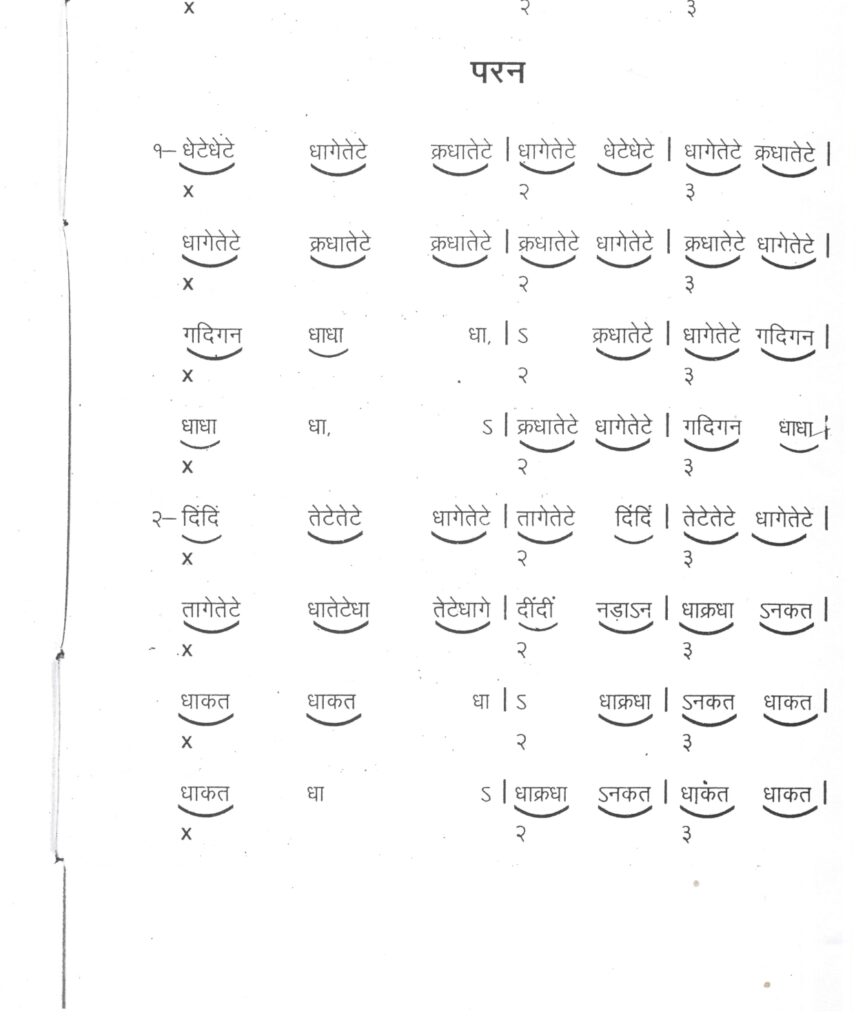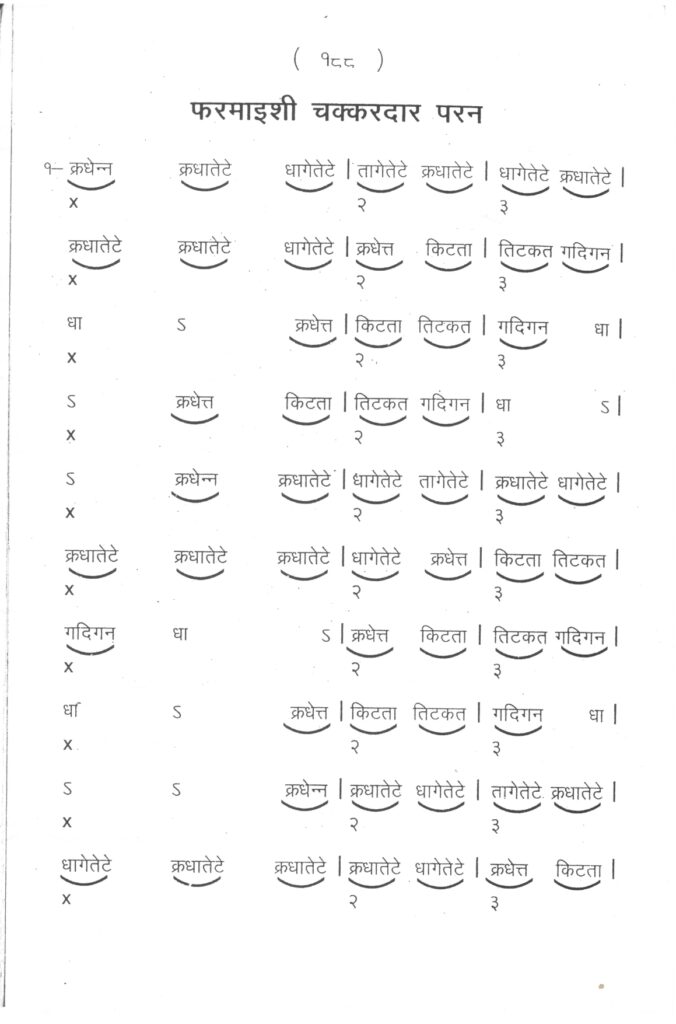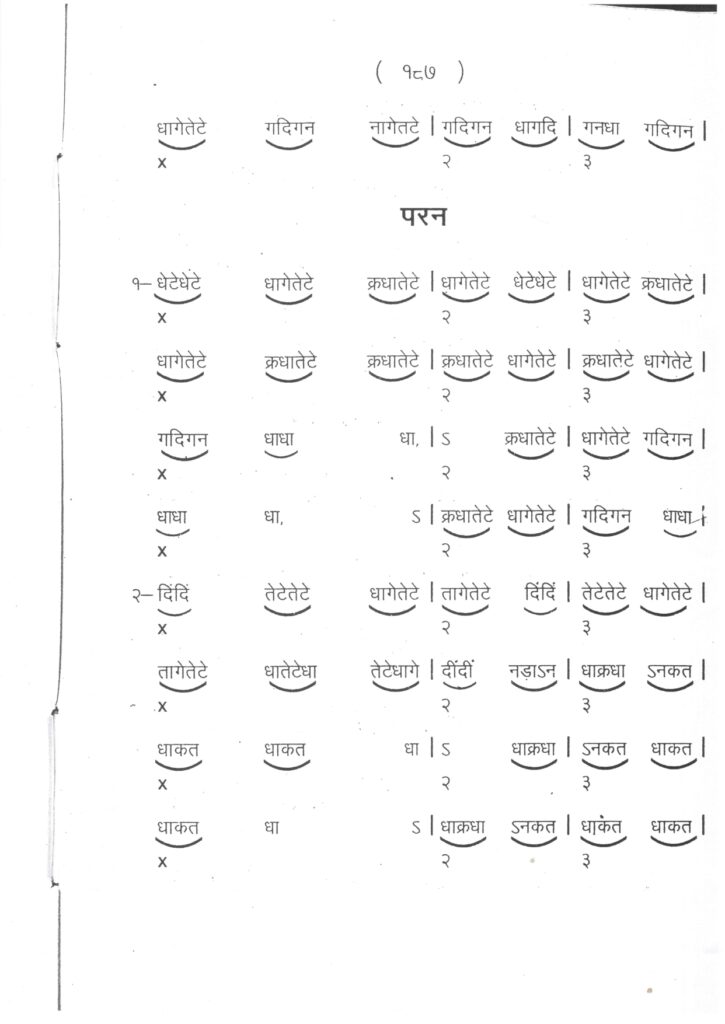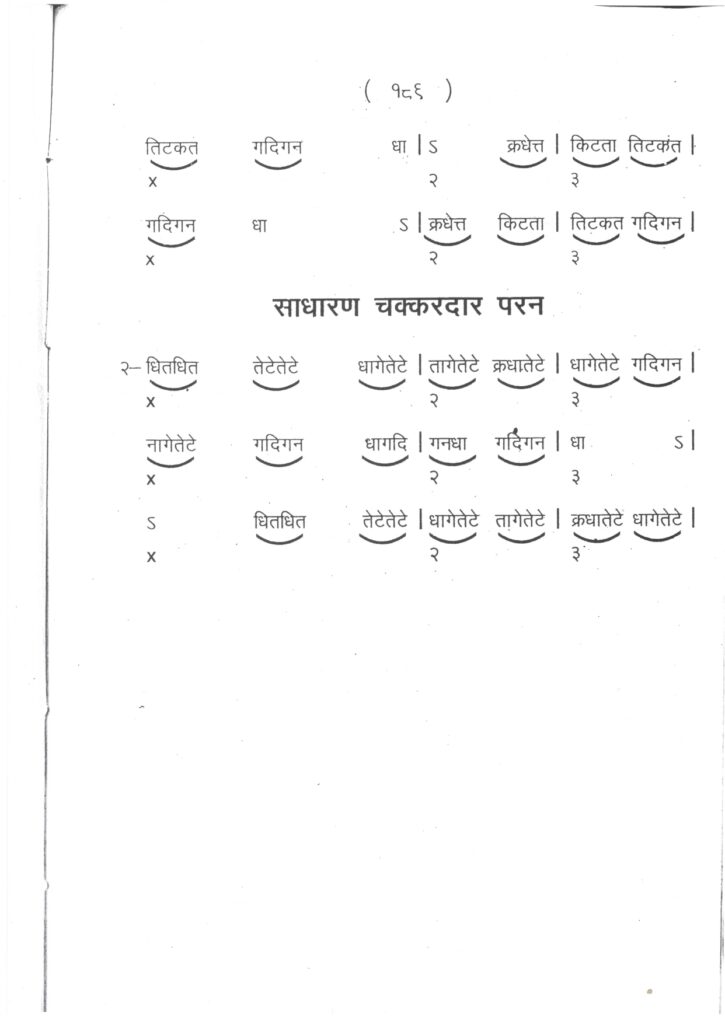Introduction: The Strength of Ten Beats,Master the 10-Beat Sool Taal | Tabla Pran & Farmaishi Chakradhar Breakdown for Learners”“Sool Taal (10 Matras) | Energetic Pran & Stunning Farmaishi Chakradhar – Tabla Performance Guide, “Feel the Power of Sool Taal | 10-Beat Tabla Pran and Farmaishi Chakradhar Explained Step-by-Step, “Unlock the Secrets of Sool Taal (10 Beats) | Learn Pran, Farmaishi Chakradhar & Tabla Techniques.
In the fascinating world of Indian classical rhythm, few taals carry the commanding presence and depth of Sool Taal. This 10-beat rhythmic cycle is one of the oldest and most majestic frameworks in Hindustani music. Known for its balance, symmetry, and complexity, Sool Taal is a favorite among tabla maestros and serious rhythm enthusiasts. Whether you are a tabla learner exploring classical compositions or an advanced player seeking mastery, understanding Sool Taal—and its captivating Paran and Farmaishi Chakradhar—will deepen your rhythmic intuition and creative expression.




Historical Context: An Ancient Rhythmic Legacy
Sool Taal (also spelled Sul Taal or Sool Tal) has deep roots in Dhrupad, Dhamar, and Pakhawaj traditions—the ancient rhythmic forms that predate the tabla itself.
In earlier times, it was primarily played on the pakhawaj, a barrel-shaped drum that set the foundation for modern tabla playing. The taal’s stately 10-beat structure made it ideal for slow, devotional, and meditative compositions. Over the centuries, tabla legends such as Pandit Kishan Maharaj, Ustad Allah Rakha, and Pandit Anindo Chatterjee have elevated Sool Taal by adding dynamic compositions like Paran, Kaida, and Farmaishi Chakradhar. These performances showcase both the rhythmic discipline and artistic imagination of the tabla.
Understanding the Structure: The 10-Beat Cycle
Sool Taal consists of 10 beats (matras) divided evenly into 5 sections (vibhaags) of 2 beats each. Its theka (basic rhythmic pattern) is:
Dha Dhin | Dha Tin | Ta Tin | Ta Dhin | Dha Dha
Let’s break it down:
| Vibhaag | Beats | Bols |
|---|---|---|
| 1 | 2 | Dha Dhin |
| 2 | 2 | Dha Tin |
| 3 | 2 | Ta Tin |
| 4 | 2 | Ta Dhin |
| 5 | 2 | Dha Dha |
The Sam (first beat) is strong and emphasized, while the Khali (empty beat) adds contrast and texture. The symmetrical arrangement of 2+2+2+2+2 makes Sool Taal easy to follow yet challenging to master when filled with complex compositions.
🎧 Listen Example:
Sool Taal Theka Demonstration – Tabla Lesson (YouTube)
The Power of Paran in Sool Taal
The word Paran originates from the Pakhawaj tradition and refers to a powerful rhythmic composition made of bold and resonant syllables like Dha, Ge, Taa, and Kat.
Parans in Sool Taal are often performed at medium or fast tempos and are known for their thunderous energy.
A typical Sool Taal Paran might look like this:
Dha Tita Kata Gat Ta | Dha Ge Na Dha Tita Kat Ta | Dha S | Dha Ge Na Dha S
These syllables, when played on the tabla, create a dialogue between the two drums (Dayan and Bayan), blending melody, power, and precision. The Paran gives Sool Taal its commanding presence—each stroke resonates like a conversation between tradition and expression.
Farmaishi Chakradhar – The Grand Finale
A Chakradhar is a rhythmic composition repeated three times to land precisely on the Sam (first beat).
A Farmaishi Chakradhar is a special type, often requested by audiences (farmaish means “request”). It is designed to impress with both technical brilliance and artistic grace.
In Sool Taal, crafting a Farmaishi Chakradhar is an intricate task because of its 10-beat cycle. Each repetition must be mathematically calculated to align perfectly.
Example of a Farmaishi Chakradhar in Sool Taal:
Dha Ge Na Dha Tita Kat Ta | Dha Ge Na Dha Tita Kat Ta | Dha Ge Na Dha Tita Kat Ta (Sam)
The composition builds tension and releases it beautifully when it returns to the Sam, creating a powerful impact that thrills both the performer and the listener.
Why Sool Taal Inspires Tabla Enthusiasts
Sool Taal’s versatility lies in its balance between mathematical precision and creative improvisation. For learners, it teaches discipline, timing, and control. For advanced players, it opens the door to experimentation—allowing the artist to weave Kaidas, Relas, and Tihais into an intricate rhythmic tapestry.
Moreover, because it’s used in both classical and fusion settings, mastering Sool Taal enhances your adaptability across genres—from traditional Dhrupad to modern world music collaborations.
Famous Performances and Learning Resources
Several tabla maestros have performed remarkable solos in Sool Taal.
🎶 Recommended Listening:
- Ustad Zakir Hussain – Sool Taal Solo (Live)
- Pandit Swapan Chaudhuri – Classical Tabla in Sool Taal
- Anindo Chatterjee Tabla Lessons – Understanding 10 Beat Rhythms
📚 Learning Tip:
Start by clapping and reciting the theka aloud before playing. Gradually add Paran compositions and end your practice session with a Farmaishi Chakradhar to strengthen your rhythmic sense.
Interactive Element: Quick Rhythm Challenge
🧩 Quiz:
How many vibhaags does Sool Taal have?
A) 4 B) 5 C) 6
(Answer: B – 5 vibhaags)
💬 Poll:
Which composition do you enjoy more in Sool Taal?
- Paran
- Chakradhar
- Tihai
Vote in the comments and share your rhythmic journey!
Conclusion: The Majesty of Sool Taal
Sool Taal stands as a rhythmic pillar of Indian classical percussion—majestic, balanced, and infinitely expressive. Its 10 beats form a perfect playground for creativity, intellect, and emotion.
Whether you’re learning your first Paran or performing a powerful Chakradhar, Sool Taal reminds us that rhythm is not just time—it’s divine energy in motion.
